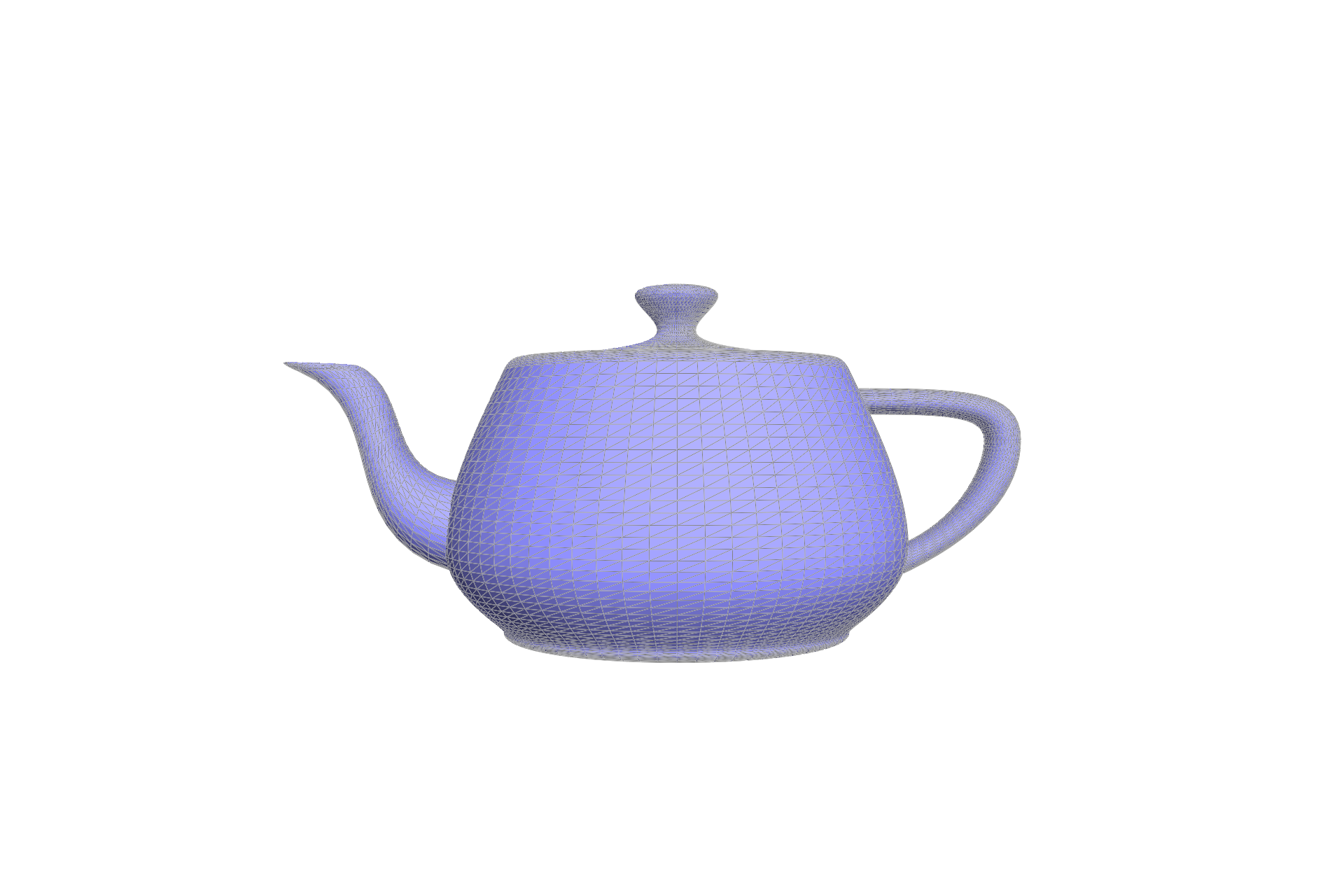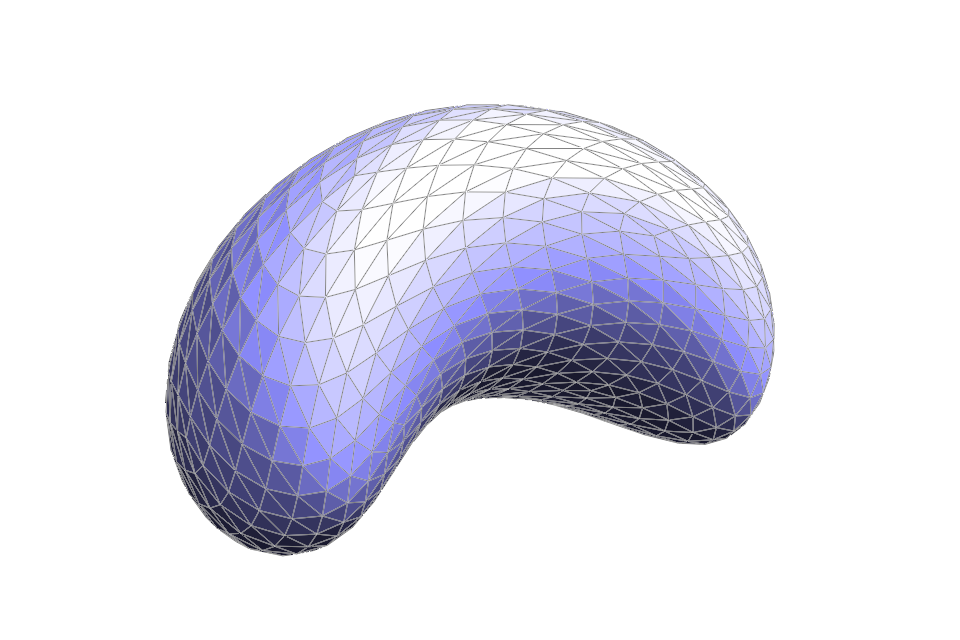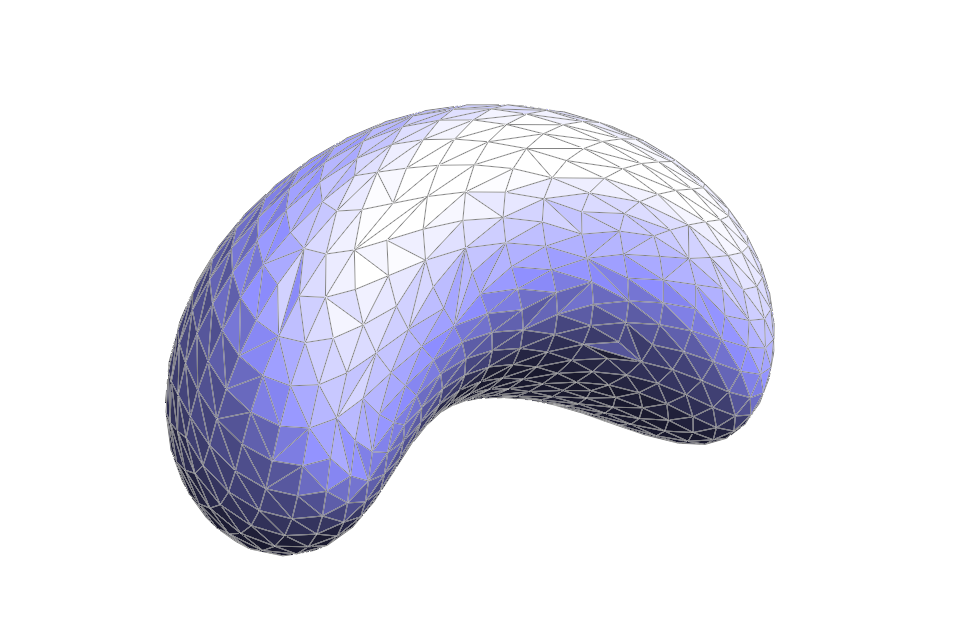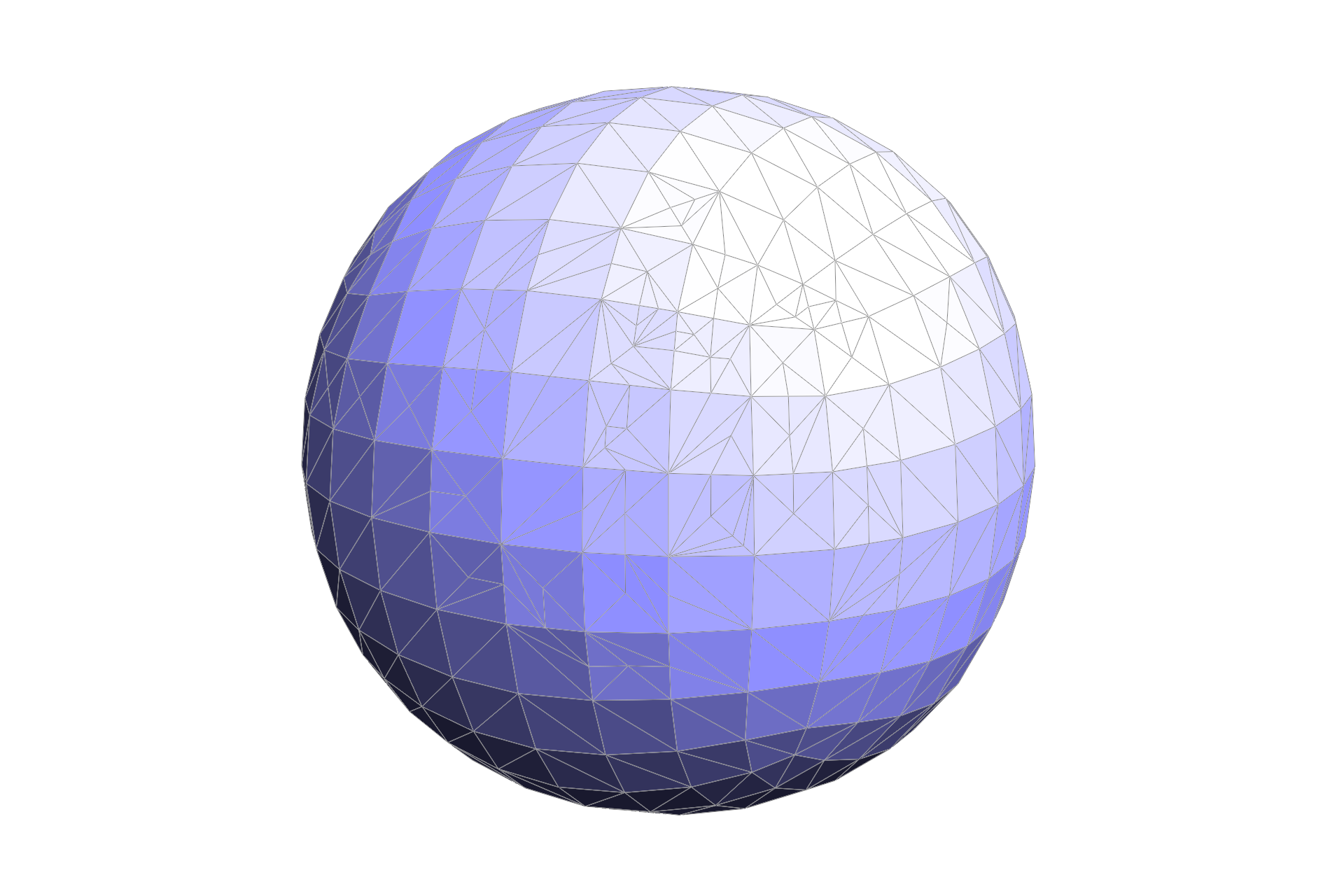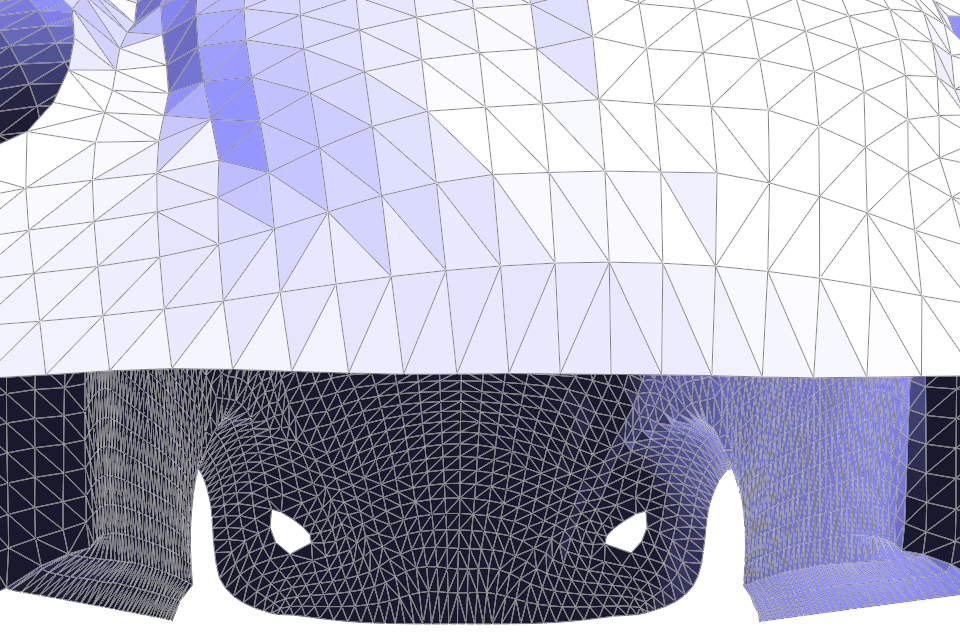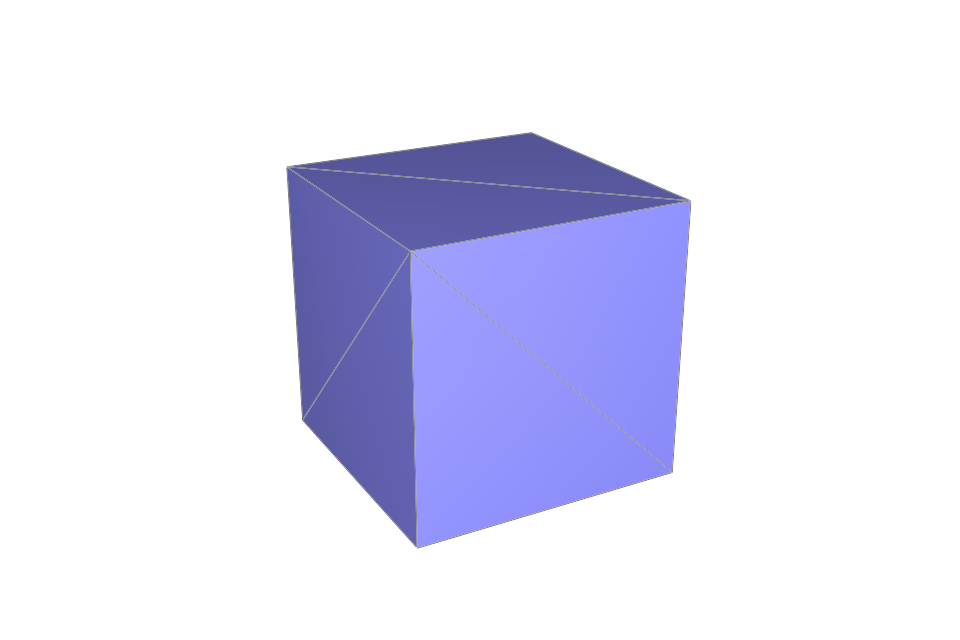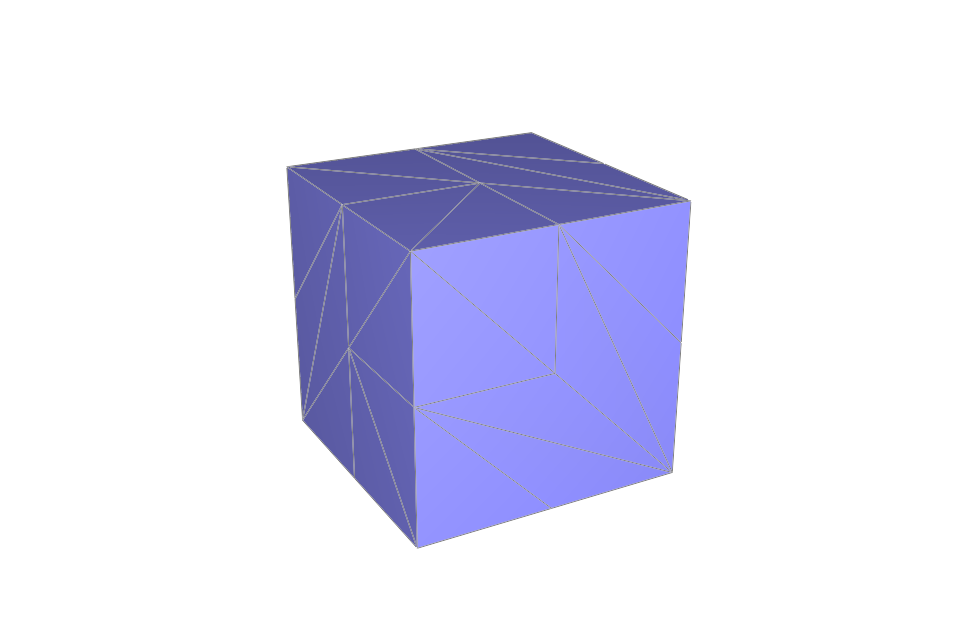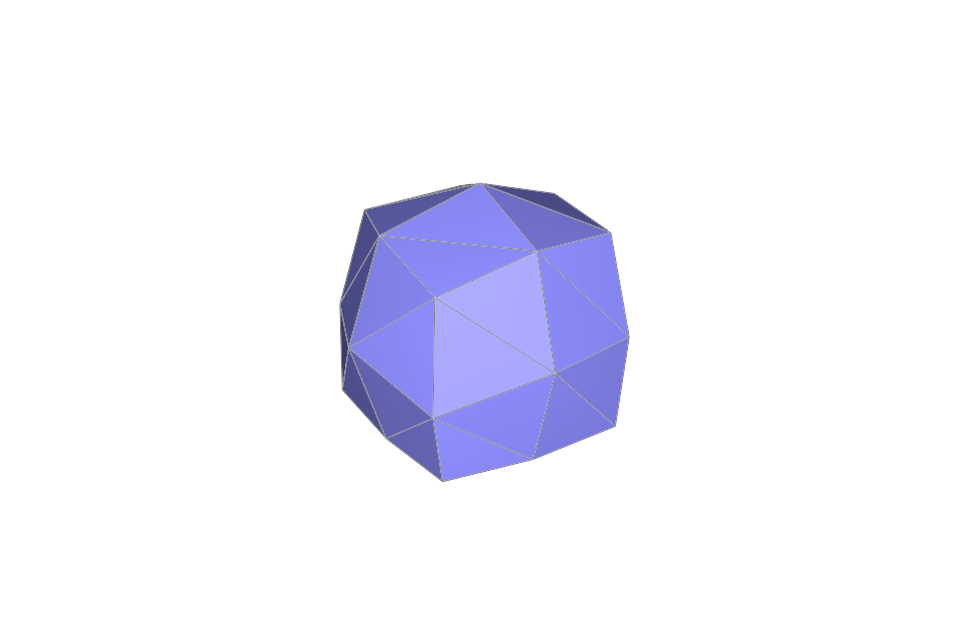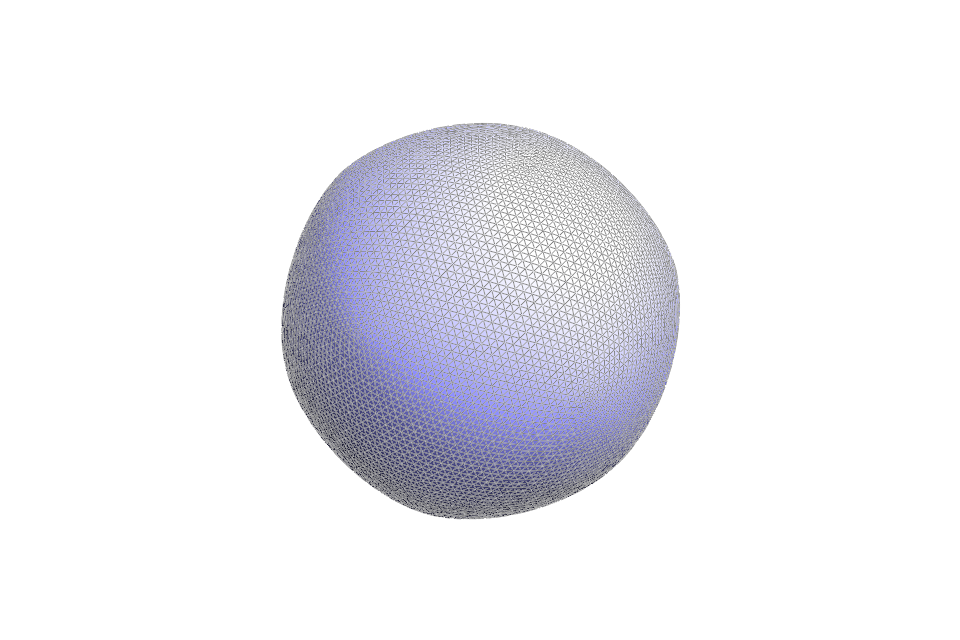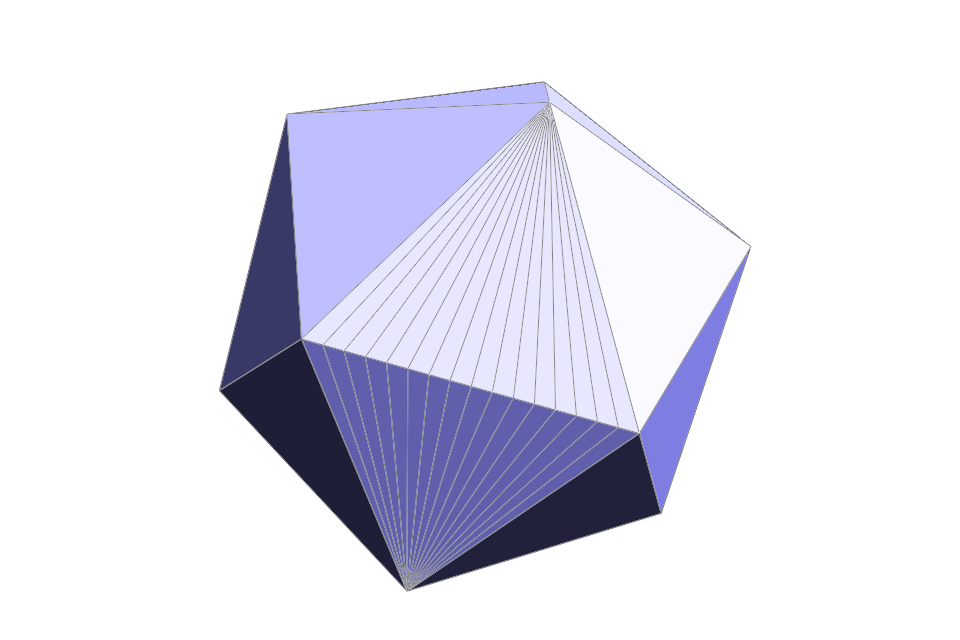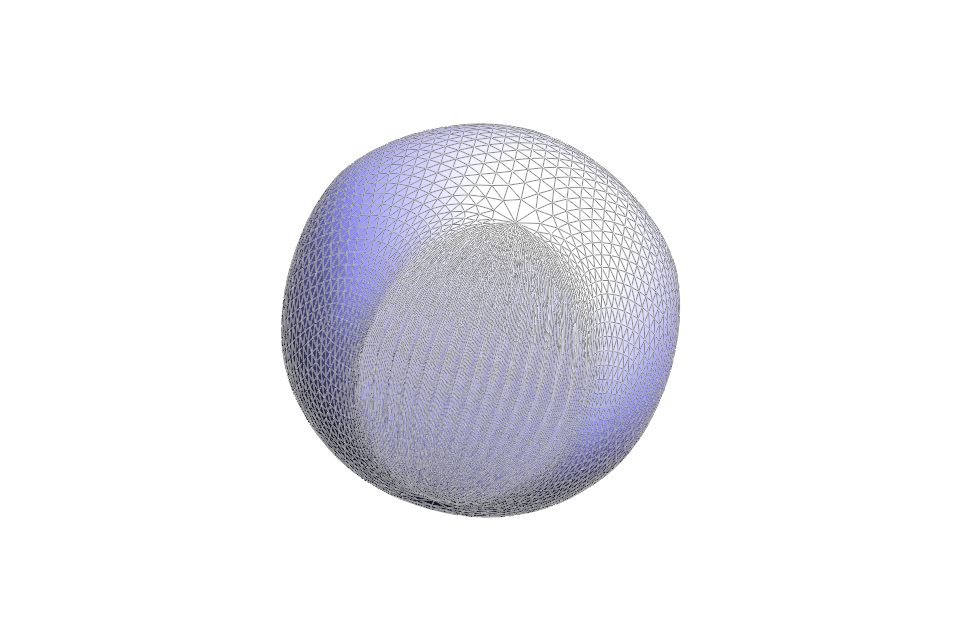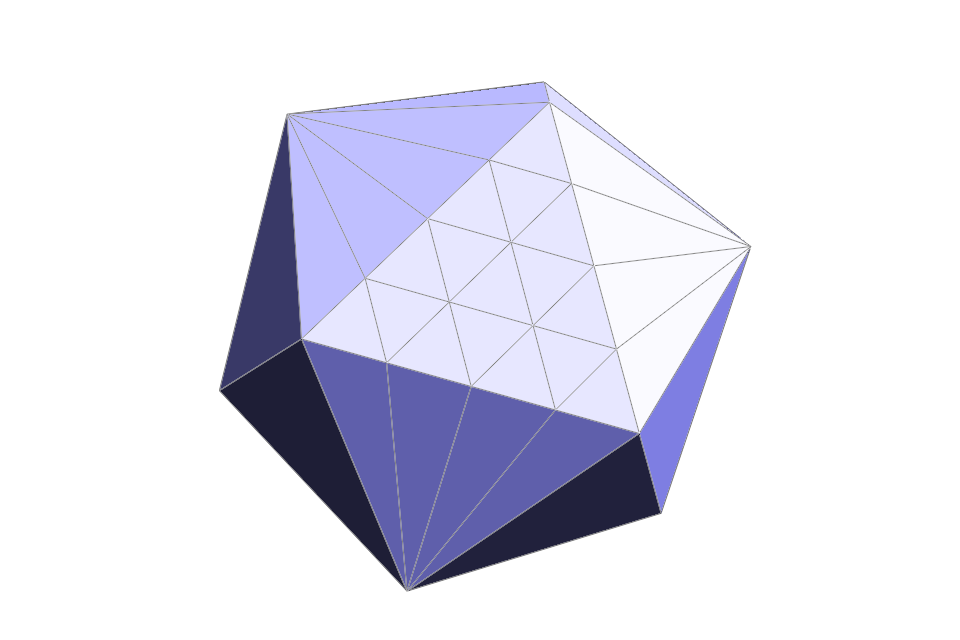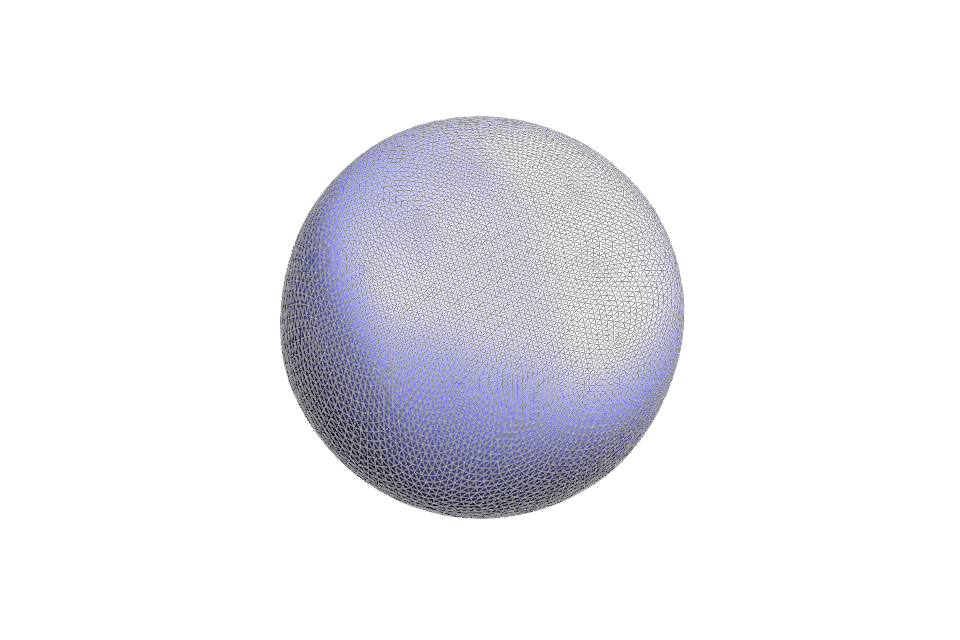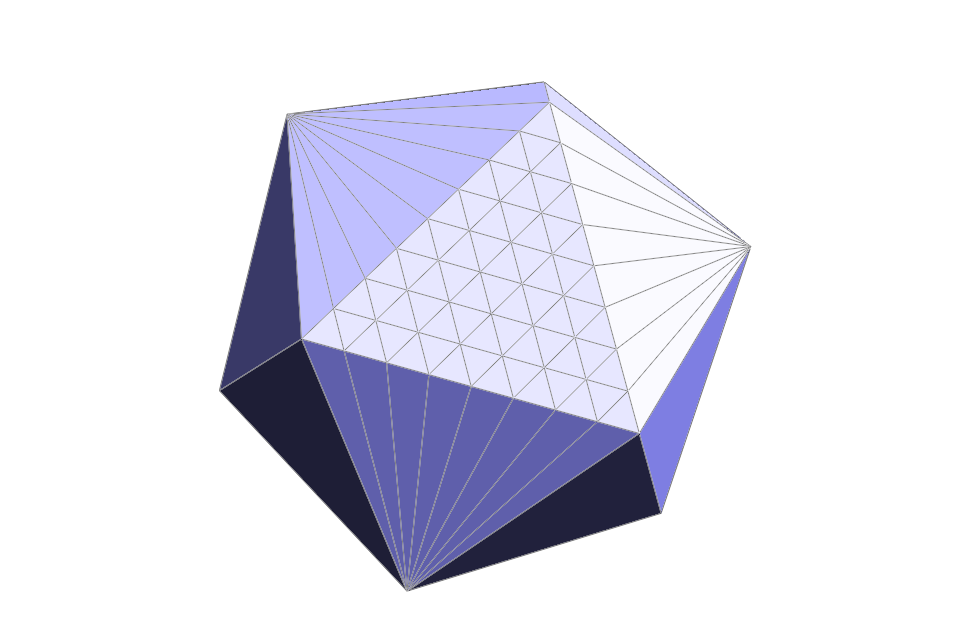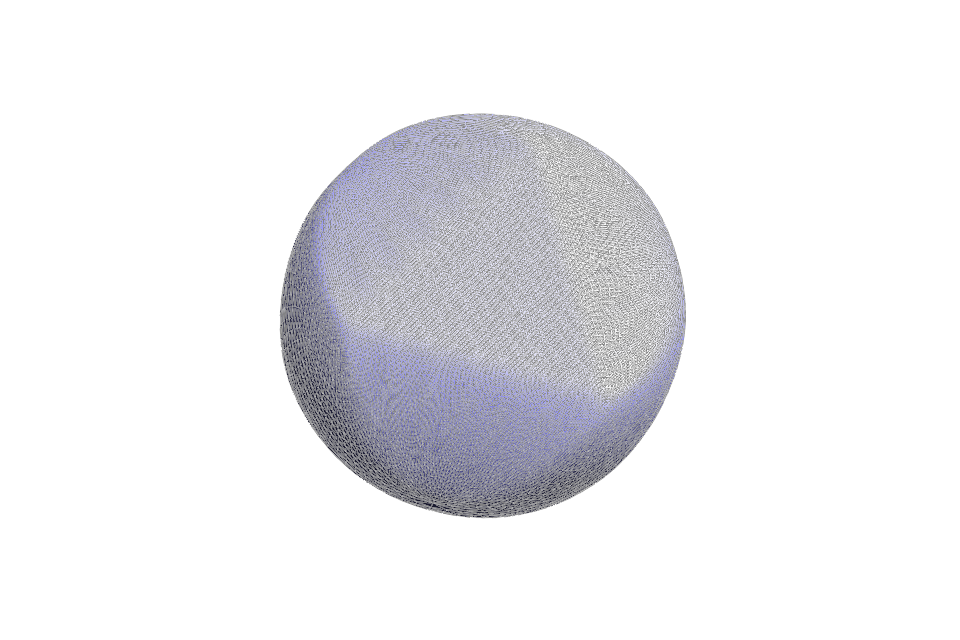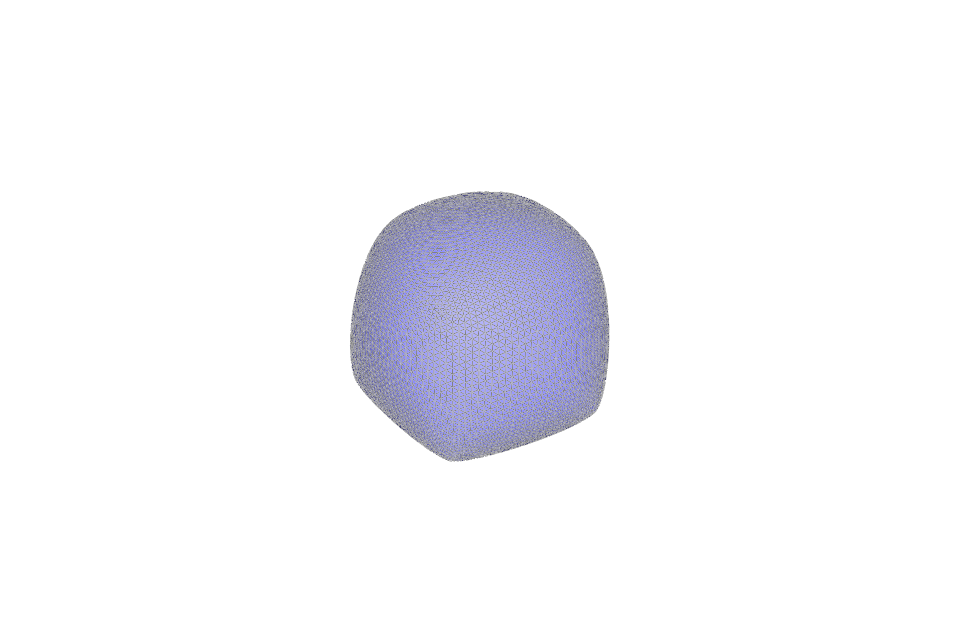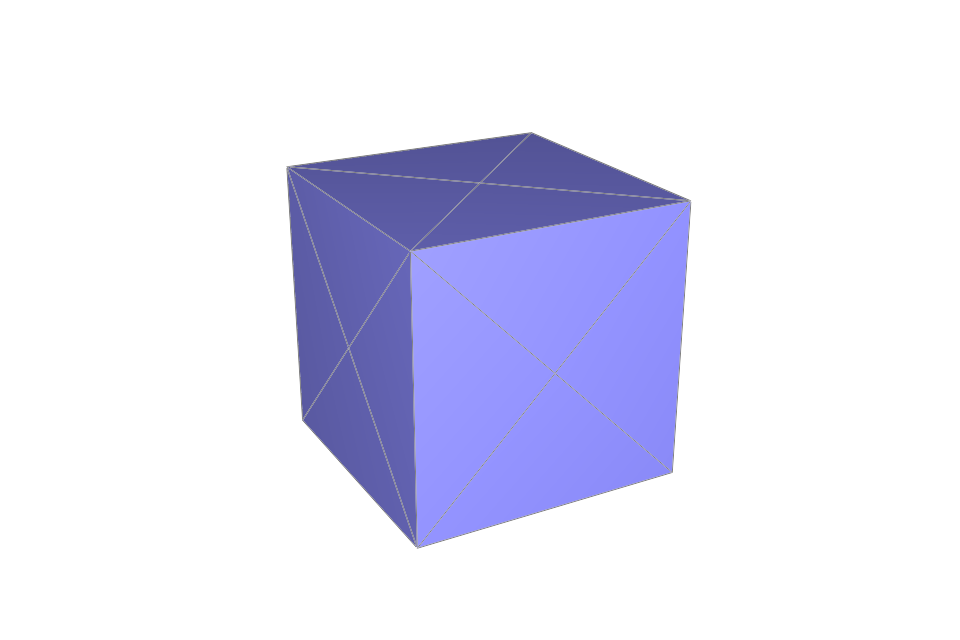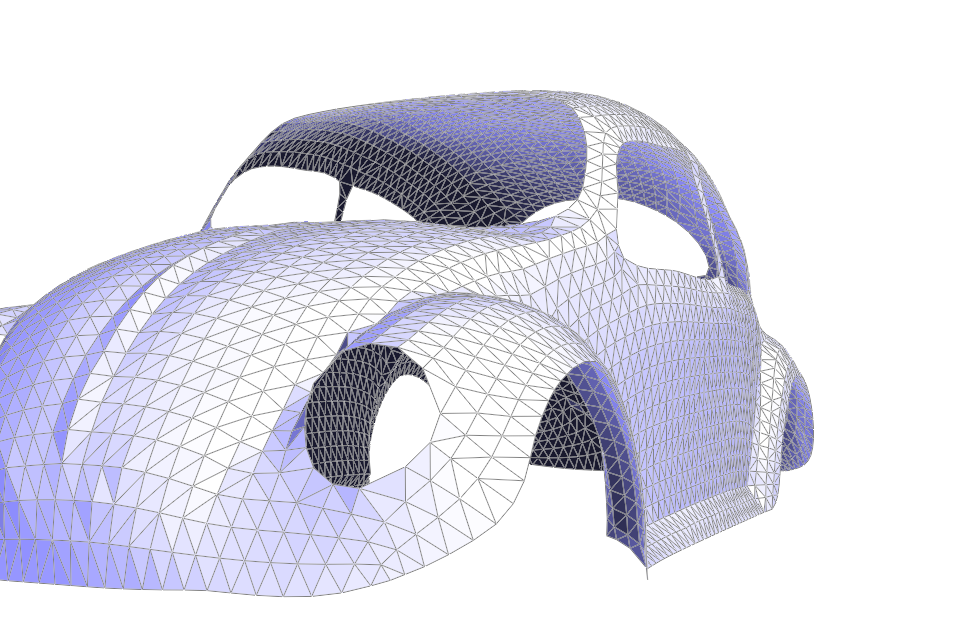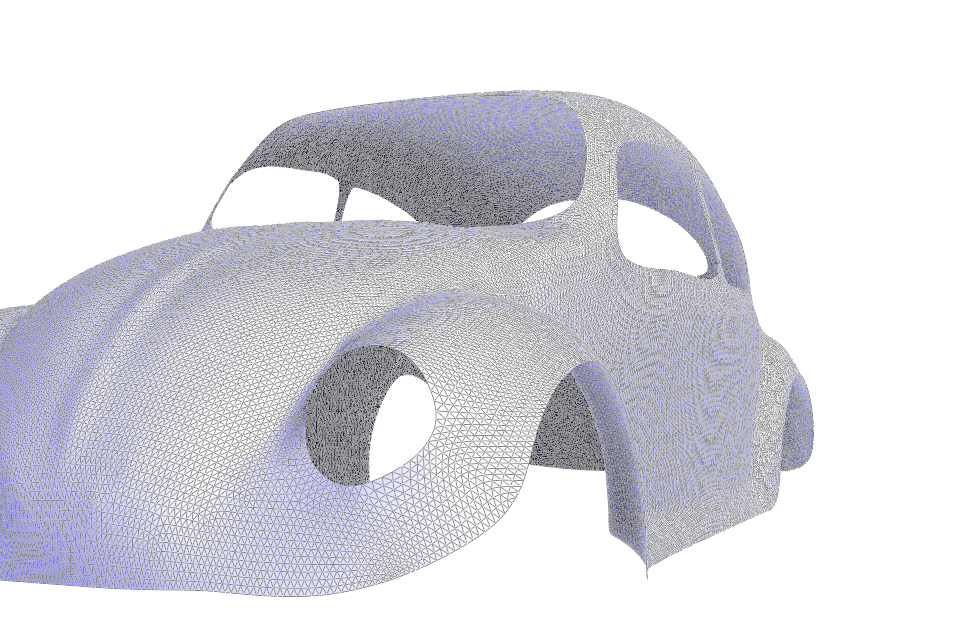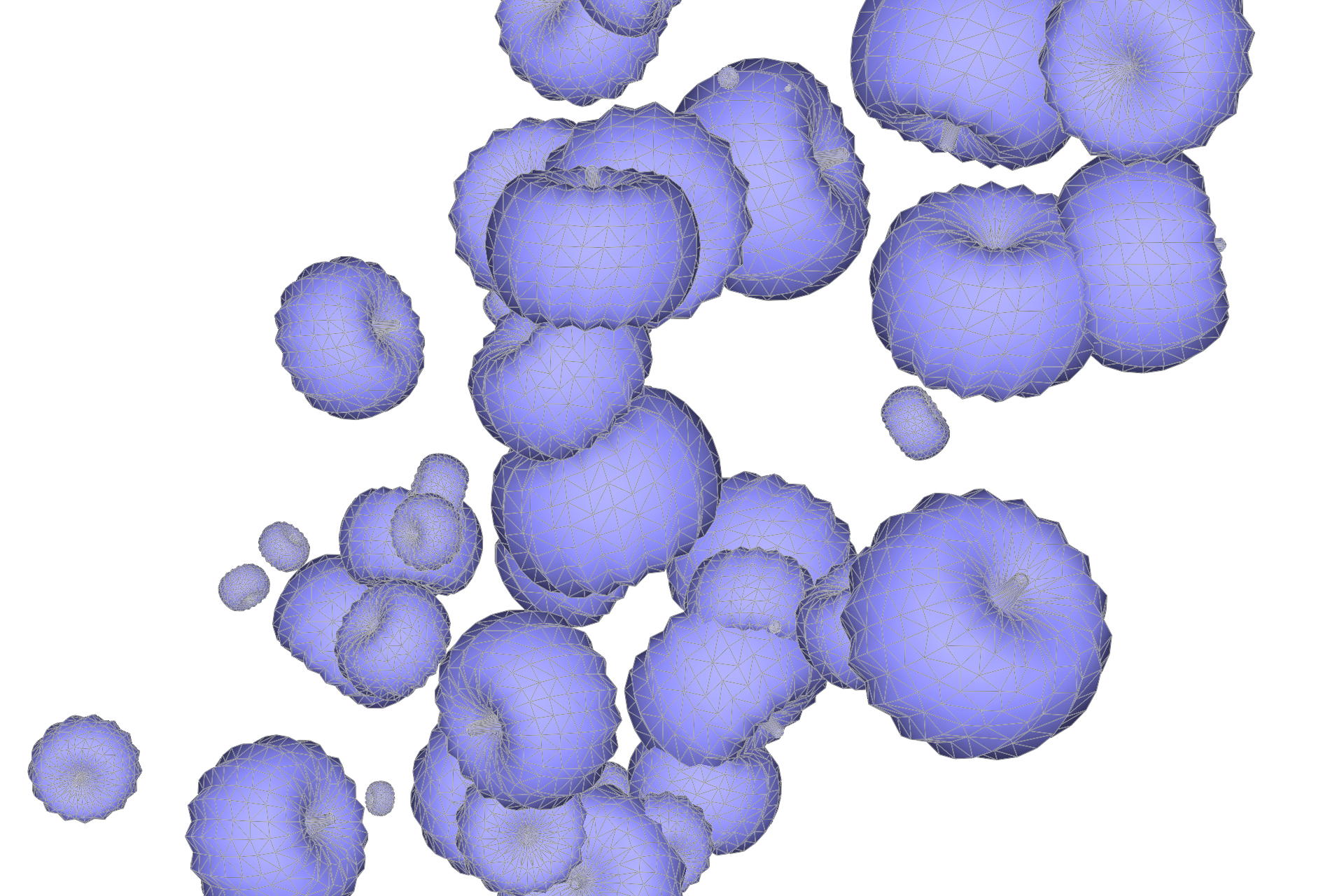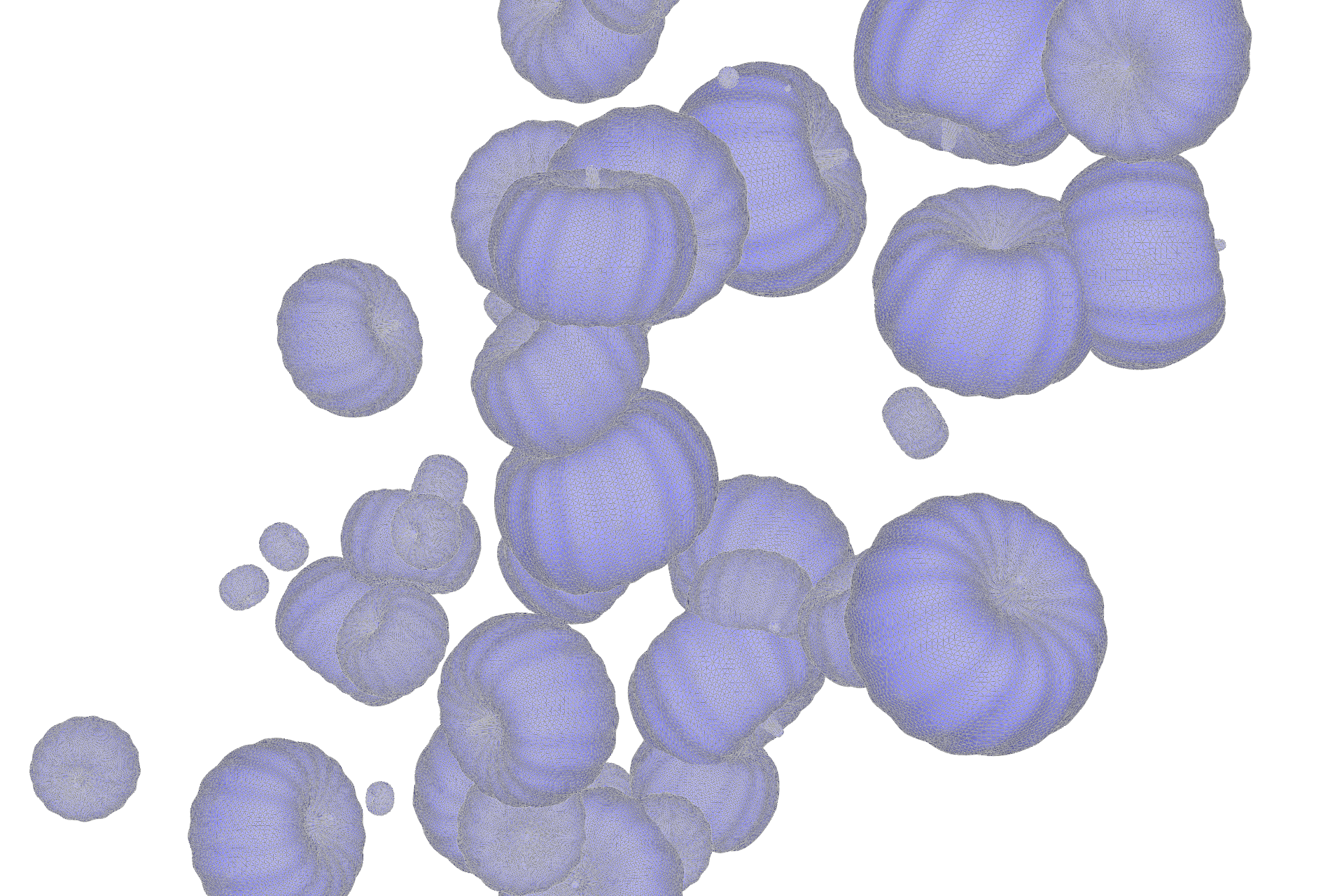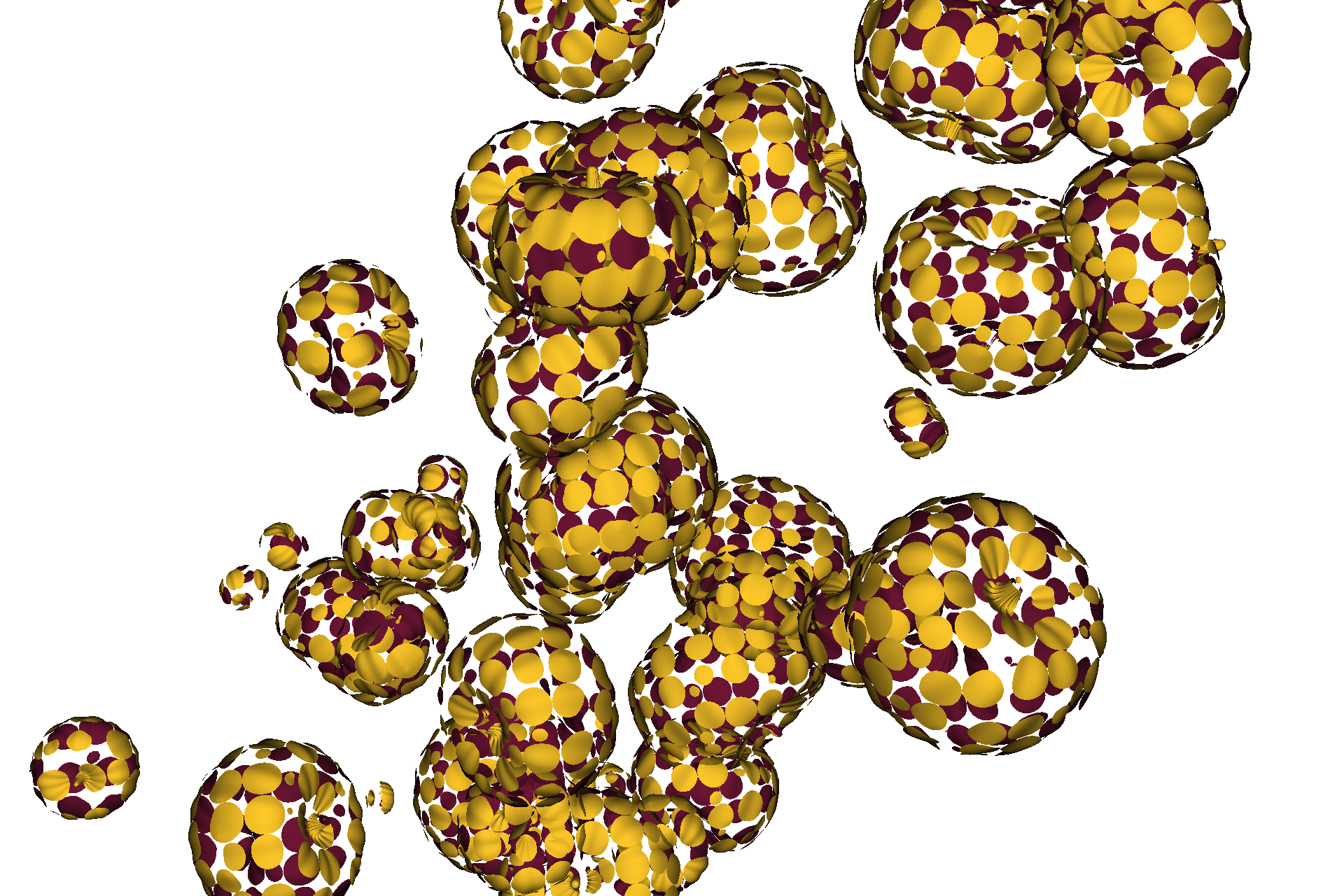Section I: Bézier Curves and Surfaces
In this project I managed to implement de Casteljau's algorithm for Bézier curve and patch interpolation. Additionally, I implemented a few methods that operate on half-edge meshes (fairly direct topological representation of models): To flip and to split edges; and, based on those two, to Loop subdivide a mesh. Through the course of the project, I learned a half-edge data structure to store geometry information, and gained a better understanding of Loop subdivision. It is also very rewarding to see the implementation in action towards the end, especially it being able to take a scene exported from Blender and to render it in real time!
Part 1: Bézier curves with 1D de Casteljau subdivision
De Casteljau's algorithm is one method to evaluate a point on a Bézier curve with recursion. It starts with an initial series of $n$ control points $\{p_0, p_1, ... , p_{n-1}\}$, and recursively linearly interpolates each segment $\{\{p_0, p_1\}, \{p_1, p_2\}, ... , \{p_{n-2}, p_{n-1}\}\}$ by a factor of $t$ (like convolution in one dimension), reducing the number of control points by one, resulting in $\{(1-t) * p_0 + t * p_1, (1-t) * p_1 + t * p_2\, ... , (1-t) * p_{n-2} + t * p_{n-1}\}$, until there be one point left in the set. Following this scheme, we can naively interpolate a Bézier curve by sampling multiple points on the curve at different $t$'s. Below shows a progression from the original series of six control points to the resulting curve.




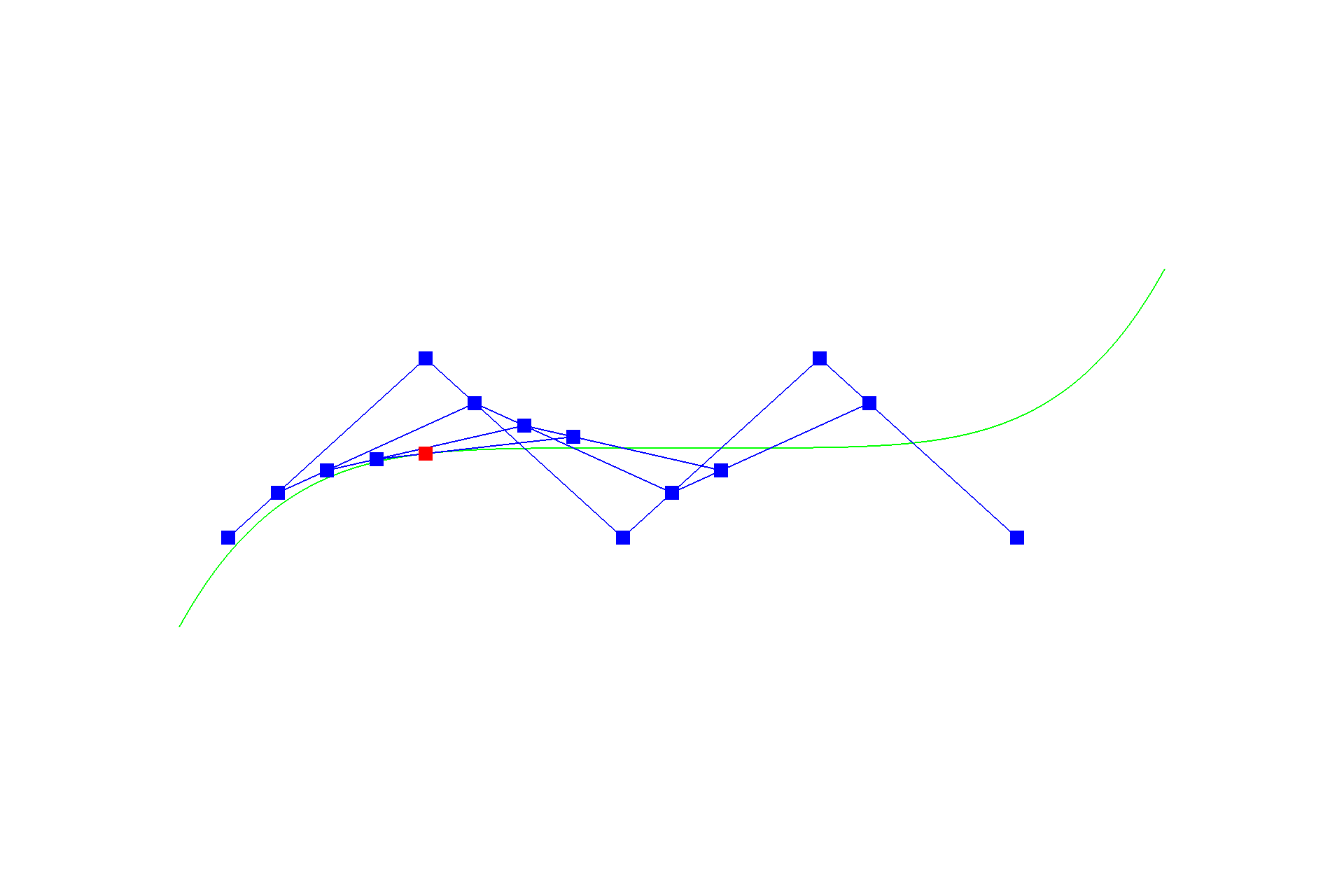

By moving those control points around, we can create a loopy shape with Bézier curve too.



Part 2: Bézier surfaces with separable 1D de Casteljau subdivision
Beyond Bézier curves, we can interpolate Bézier patches with de Casteljau's algorithm as well. To give an example of a surface defined by $16$ control points, $\{p_{0,0}, p_{0,1}, p_{0,2}, p_{0,3}, p_{1,0}, p_{1,1}, p_{1,2}, p_{1,3}, p_{2,0}, p_{2,1}, p_{2,2}, p_{2,3}, p_{3,0}, p_{3,1}, p_{3,2}, p_{3,3}\}$. We can first interpolate parallel
lines on the surface defined by $\{p_{0,0}, p_{0,1}, p_{0,2}, p_{0,3}\}$, $\{p_{1,0}, p_{1,1}, p_{1,2}, p_{1,3}\}$, $\{p_{2,0}, p_{2,1}, p_{2,2}, p_{2,3}\}$ and $\{p_{3,0}, p_{3,1}, p_{3,2}, p_{3,3}\}$; at factor $u$, we get $4$ intermediate control points $\{p_{0,0}^{0,3}, p_{1,0}^{1,3}, p_{2,0}^{2,3}, p_{3,0}^{3,3}\}$ (like on a cross section of the surface). With those intermediate control points, we can further interpolate the curve at that cross section by varying another factor $v$ to get a point on the Bézier surface $p_{0,0}^{3,3}$. The $v$ here does a similar job to $t$ in part one.
Also, it does not matter in which order the two-part-interpolation is carried out. We can choose to first interpolate with $\{p_{0,0}, p_{1,0}, p_{2,0}, p_{3,0}\}$, $\{p_{0,1}, p_{1,1}, p_{2,1}, p_{3,1}\}$, $\{p_{0,1}, p_{1,2}, p_{2,2}, p_{3,2}\}$ and $\{p_{0,3}, p_{1,3}, p_{2,3}, p_{3,3}\}$ at $v$ to get intermediate control points $\{p_{0,0}^{3,0}, p_{0,1}^{3,1}, p_{0,2}^{3,2}, p_{0,3}^{3,3}\}$. Afterwards, with those intermediate points we can further interpolate a point on the surface $p_{0,0}^{3,3}$ at a factor $u$.
Below is an example with Bézier surfaces interpolated with the above algorithm.
